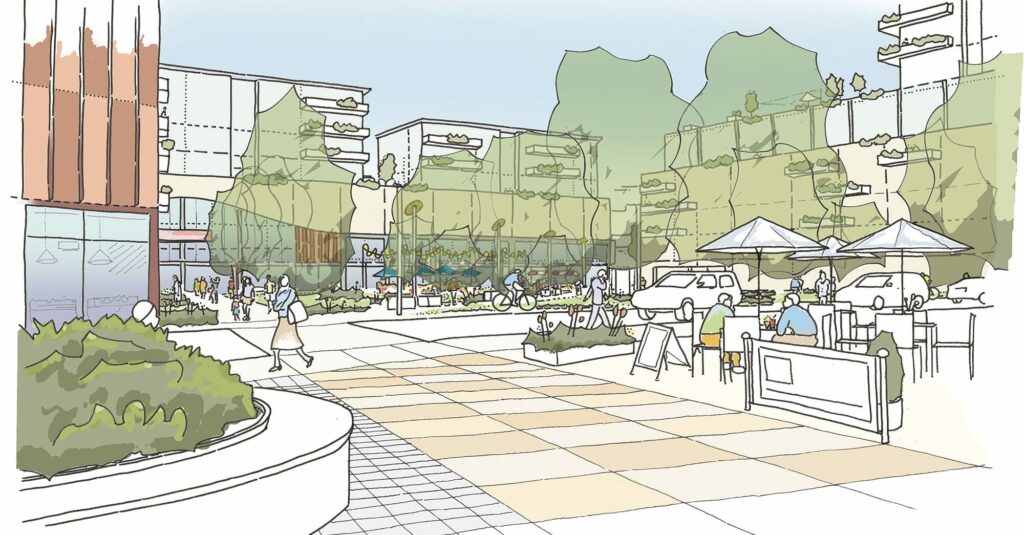A few months ago, I was taken back by a statement made by an industry insider – “people aren’t your biggest cost – premises are”.
We’ve always held the view that premises are a significant cost of any business – generally the second or third largest cost after people – and that, in itself, is a message to get across to business. However, to think of premises as your biggest cost is a new story, but equally true.
For most large organisations, leasing (or owning) premises has become a key strategic decision. The more enlightened businesses understand the role the workplace plays in supporting change, underpinning brand, attracting and retaining staff and enhancing culture, productivity and even innovation.
As a result, large businesses make a significant financial investment in their premises/workplaces to realise these benefits. This investment includes:
- The annual rent and operating expenses paid to a building owner
- The capital investment in fitout, furniture and technology
- The one-off change and implementation costs
- Ongoing costs of depreciation, maintenance and re-investment
On an annualised basis (with our without amortising the capital costs into an annual cost), this investment can be several million dollars per annum. As a result, it is likely to be one of the largest operating costs of any organisation, generally below the cost of staff, and perhaps on a par with technology, marketing or similar P&L items.
But how does this make it the biggest cost? Hand-in-hand with the level of investment in fitout, furniture and related costs is a commitment to a long-term lease. Depending on the nature of the premises, large organisations regularly commit to 9-12-year leases for major new developments or major refurbishments where they are the lead tenant or a major tenant. Without this level of lease-term commitment, the developer/landlord is generally unable to secure funding to complete the development.
A nine-year lease commitment is just that – a commitment for nine years. While the lease will have the option to sublease (to another tenant for all or part of the premises) or to assign the lease to another tenant, regardless of whether the tenant decides to downsize or exit the space within the nine-year period, the tenant/business continues to have the contingent liability/risk. Subleasing does occur but typically it takes longer than planned, involves significant transaction costs and often the tenant has to induce the new tenant with a lower rental or rent-free period. All this takes time and is a distraction.
As a result, when you consider the annual cost of the lease and capital investment and the length of the lease and resulting contingent liability, premises are likely to be well and truly the biggest cost of any business. In other words:
(rental + outgoings + capital cost (annualised)) x lease term = largest cost for business
By comparison, while staff generally represent the largest annual cost for most businesses, staff are generally employed on employment contract terms that allow the business/employer to make changes more easily. It could be argued therefore that businesses can put in place restructuring or changes to their resourcing levels more quickly than they can put in place changes to their lease and associated financial commitments, meaning that staff don’t present the same long-term contingent liability as premises. Controversial, no doubt!
Regardless of this argument, the underlying message to businesses is that premises represent significant financial commitment, both on an annual and contingent basis. Businesses therefore need to plan well in advance and make robust and informed decisions on leasing premises (or owning premises).
Within each leasing or purchase decision, there will be opportunities to reduce the annual costs and the contingent liabilities. However, this requires a well-developed procurement plan and negotiation strategy.



